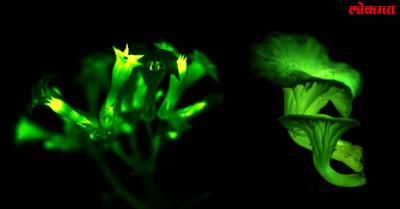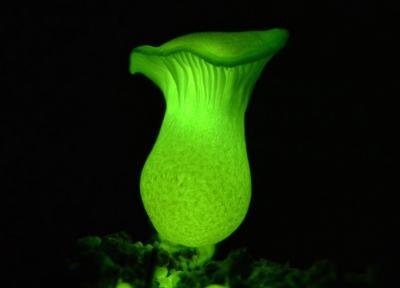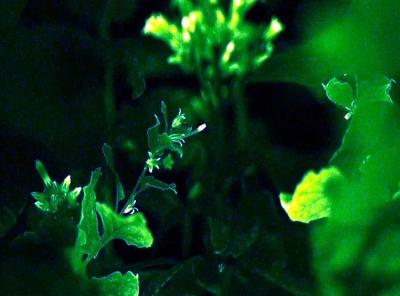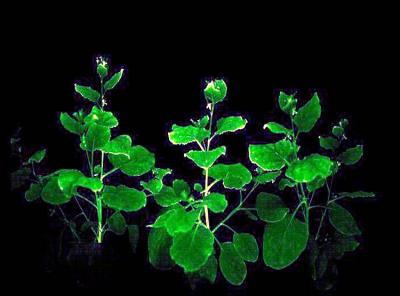London scientists create glowing plants using mushroom genes
By Lokmat English Desk | Published: April 28, 2020 05:28 PM2020-04-28T17:28:24+5:302020-04-28T17:28:24+5:30

Emitting an eerie green glow, they look like foliage from a retro computer game, but in fact they are light-emitting plants produced in a laboratory

Researchers say the glowing greenery could not only add an unusual dimension to home decor but also open up a fresh way for scientists to explore the inner workings of plants.

“In the future this technology can be used to visualise activities of different hormones inside the plants over the lifetime of the plant in different tissues, absolutely non-invasively.

It can also be used to monitor plant responses to various stresses and changes in the environment, such as drought or wounding by herbivores,” said Dr Karen Sarkisyan, the CEO of Planta, the startup that led the work, and a researcher at Imperial College London.

“We really hope to bring this to the market in a few years from now, once we make them a bit brighter, once we make the ornamental plants with this new technology, and once of course they pass all the existing safety regulations,” he added.

Numerous animals, microbes and mushrooms – from fireflies to honey fungi – can glow, a phenomenon known as bioluminescence. This occurs when enzymes act on chemicals known as luciferins within the organism, resulting in energy being released in the form of light. However, bioluminescence does not crop up naturally among plants.

The latest research is not the first time scientists have created glowing greenery – a development that has led to suggestions of everything from plant-based street lights to self-illuminating Christmas trees.

Among previous approaches, researchers have delivered both luciferins and the enzymes necessary for bioluminescence into plants via nanoparticles, while other teams have incorporated bacterial genes for bioluminescence into plants.

However, these approaches have had drawbacks: the delivery of a luciferin on tiny particles is more expensive and is not self-sustained, while the incorporation of bacterial bioluminescence genes involves a cumbersome process that results in only a weak glow.

The new research takes a different tack, harnessing the recently discovered process by which fungi emit light. The team say that is important as the process involves a luciferin produced from a chemical that is naturally present in plants – caffeic acid.

















